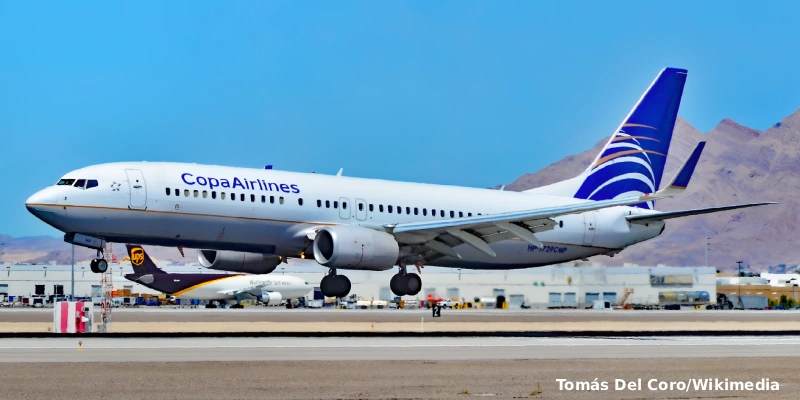Low-cost carrier Spirit Airlines projects that its first profitable year since 2019 will not arrive until 2027, following an ambitious restructuring process aimed at stabilizing its finances and regaining competitiveness in an increasingly demanding market, Reuters reported.
The company, which filed for bankruptcy for the second time in a year last August, acknowledged in a regulatory filing on Tuesday that it will continue to accumulate losses until then. According to its estimates, losses will reach $804 million in 2025 and $145 million in 2026, before reversing the trend with a projected profit of $219 million in 2027.
Fleet and Staff Reductions to Cut Costs
As part of its transformation plan, Spirit has initiated an adjustment process that includes reducing the size of its fleet and operational network. The airline plans to decrease its total capacity by 20% during 2026, with the expectation of resuming growth between 2027 and 2029.
The adjustment also involves drastic measures in the labor sector. Spirit has already temporarily furloughed approximately 330 pilots and plans to add another 270 pilots to this list next month. Furthermore, it has announced the furlough of approximately 1,800 flight attendants, representing nearly one-third of its cabin crew, effective December 1.
→ Delta and Aeroméxico Challenge U.S. Decision to Terminate Their Joint Venture
According to the company, these actions will result in savings of approximately $211 million in operational costs.
Asset Sales and Financial Consolidation
To reinforce its liquidity, Spirit is also considering the sale of strategic assets, including its headquarters in Dania Beach, Florida, as well as takeoff and landing slots at New York’s LaGuardia Airport and thousands of spare parts.
Through these operations, the company aims to reduce its financial burden and partially fund its restructuring process.
A Plan Targeting 2027
Spirit Airlines states that its transformation plan will be fully implemented by the end of 2027, the year in which it expects to achieve an EBITDAR (Earnings Before Interest, Taxes, Depreciation, Amortization, and Rent Costs) of approximately $900 million.
The company faces a complex context marked by rising operational costs, shifts in traveler preferences, industry overcapacity, and fierce competition from traditional airlines.
Nevertheless, its strategy focuses on right-sizing the business to regain profitability without losing its identity as an ultra-low-cost operator.
Related Topics
LATAM Inaugurates Direct Flight Between Recife and Buenos Aires
LATAM to Cancel Lima-Tucuman Route Starting March 2026: These Are Reasons
Copa Airlines Resumes Flights Between Panama City and Maracaibo Starting December 20
Copa Airlines Extends Suspension of Flights to and from Caracas (Venezuela) Until January

Plataforma Informativa de Aviación Comercial con 13 años de trayectoria.




